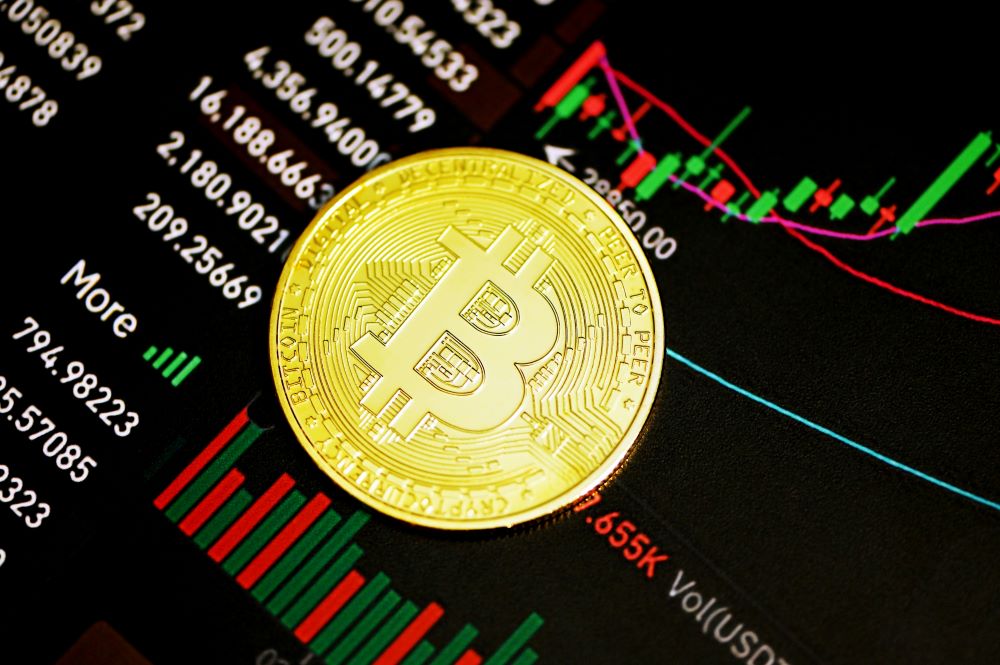- Altcoins
Tron USDT Supply Crosses $80 Billion, Sparking Potential TRX Rally; Solana Rebounds To $140 Level
June 25, 2025 at 14:32 GMT - Bitcoin, Ethereum
Trump Media files for new ETF offering exposure to Bitcoin and Ethereum
June 25, 2025 at 12:30 GMT - Cryptocurrency
Bitcoin Price Rises as Spot BTC ETF Inflows Jump To $588M
June 25, 2025 at 11:27 GMT
- Bitcoin
As traders turn pessimistic, institutions double down on Bitcoin
June 19, 2025 at 16:00 GMT - Altcoins, Ethereum
Staked Ethereum Hit New ATH, But ETH Must Break This Resistance for a Rally; Cardano Prepares for Massive Pump
June 20, 2025 at 13:15 GMT - Crypto Regulation
Ripple and SEC Case Inches Toward Resolution Judge’s Ruling Could End Legal Drama
June 21, 2025 at 04:36 GMT - Cryptocurrency
Solana Price Slumps 2% As Canada’s Sol Strategies Seeks Nasdaq Listing With SEC Filing
June 19, 2025 at 08:55 GMT - Cryptocurrency
OFFICIAL TRUMP Price Dumps As Trump Family Quietly Sells Off Major Stake
June 20, 2025 at 05:55 GMT

















